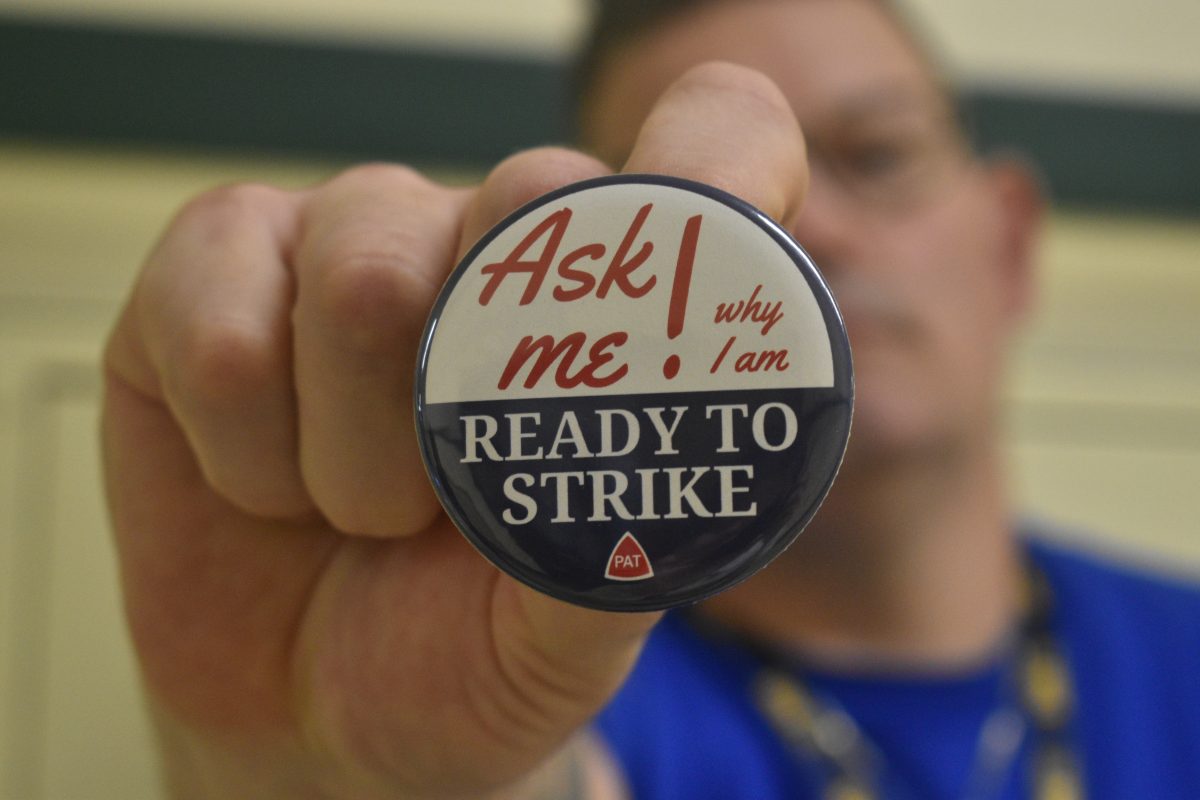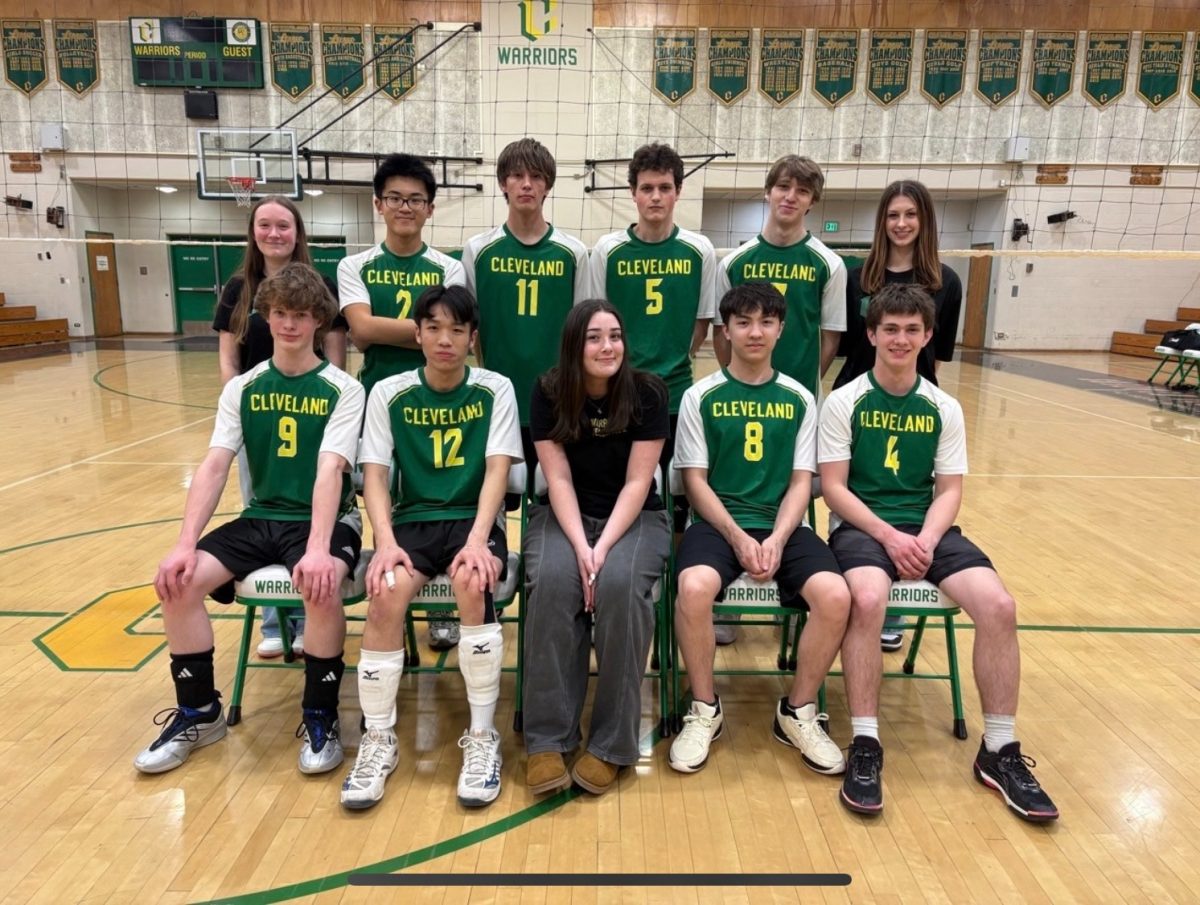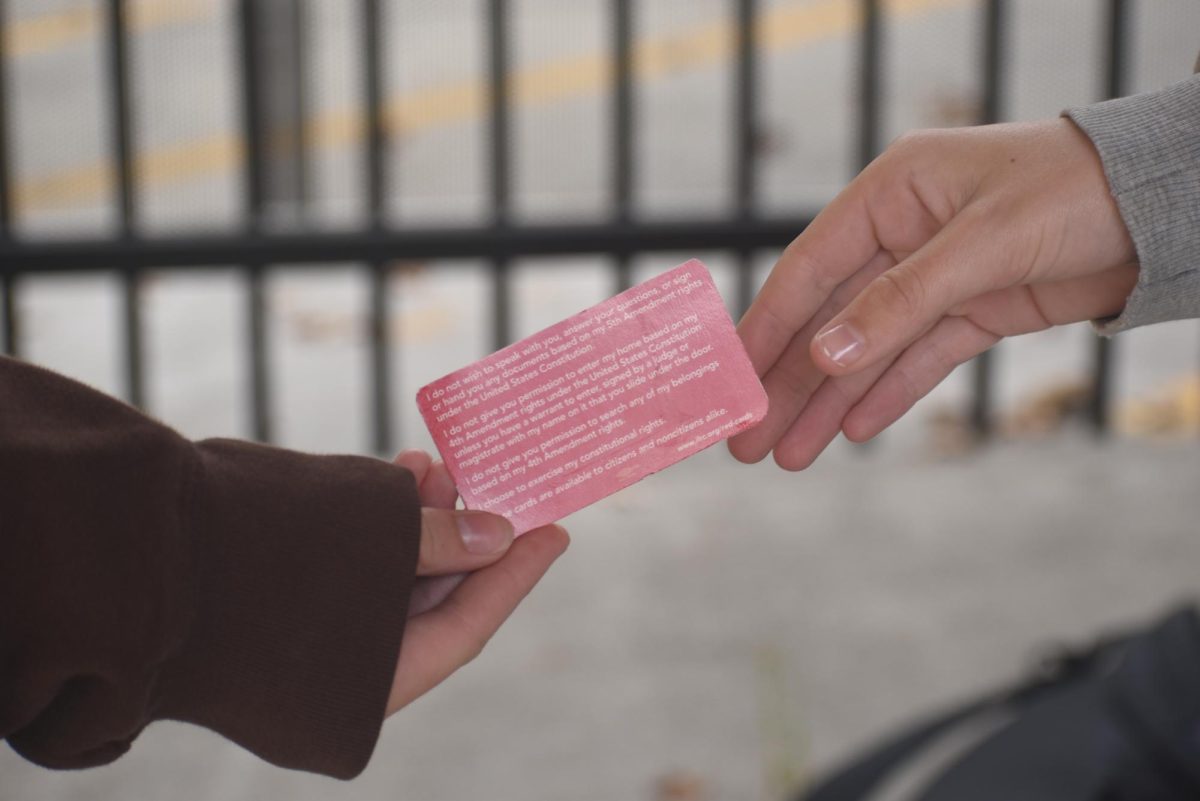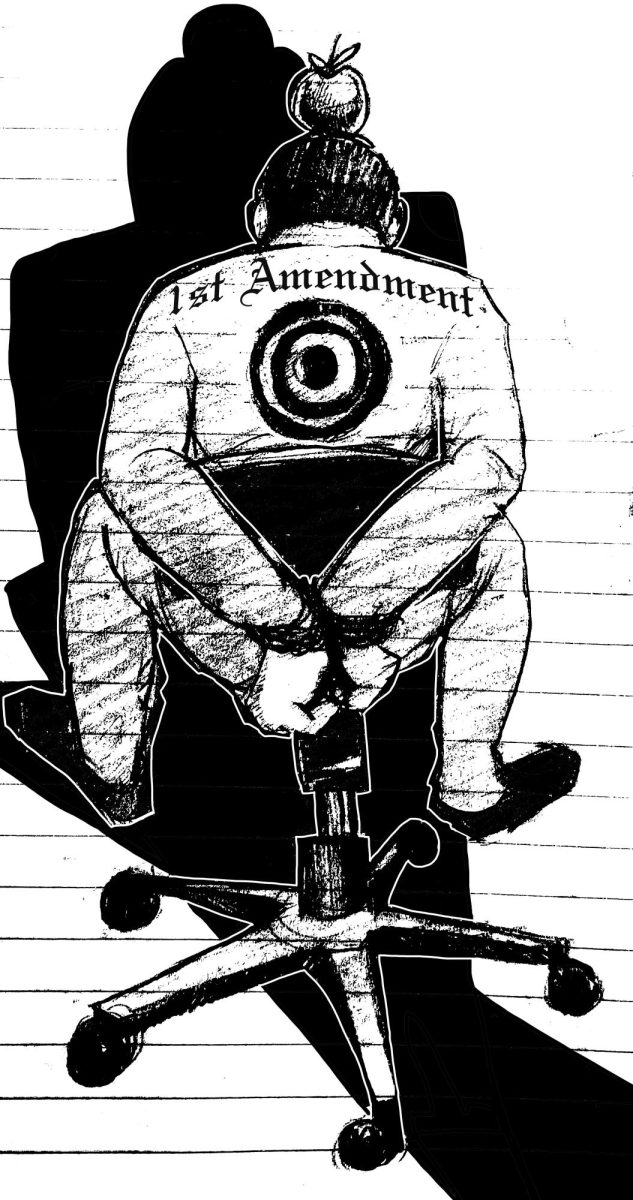After months of failed negotiations, the Portland Association of Teachers (PAT) declared its intention to strike on Thursday, Oct. 19, against Portland Public Schools (PPS). The union and the district began a 30-day cooling-off period back in September, during which both sides prepared their final offer. No amicable deals materialized, and this prompted the teachers to call for a strike vote the week of Oct. 16.
About 99 percent of Portland teachers voted in favor of striking, prompting PAT President Angela Bonilla to say that educators “won’t give up” in their demands for a better contract.
The district responded late Thursday with its own statement, saying, “We want to reach a fair, sustainable settlement, and we will stay at the bargaining table as long as it takes to get there. We ask our educators to stay at the table with us, not close schools.”
The strike notice kicks off a 10-day period in which the earliest the union could strike would be Nov. 1, and teachers have indicated they are ready to strike.
On the same day the PAT announced the impasse, PPS claimed they were disappointed with the union’s actions. The school district stated that the union was unwilling to offer counter-proposals.
However, as math teacher Jim McNeely points out, “The union has been willing to negotiate consistently since the beginning of this process, and the district administration, on several occasions, has canceled negotiations. So that’s an entirely false statement that the district is making.”
PPS’ implication that the union’s inactions will harm students is viewed as misleading among teachers.
Mike Bauer, the PAT site representative at Cleveland said: “They are trying to win the hearts and minds of the community. They are going to spin it to act like the teachers are asking for too much, that their vision of what’s best for students is better than our vision of what’s best for students. We work with students, they sit down there in their huts and look at students from afar.”
The union’s key demands include a 21.5 percent cost of living adjustment over three years, hard caps on classroom sizes and caseload, and a minimum of 440 minutes of planning time per week for all educators.
Meanwhile, the district’s offer of a 10.5% pay increase over three years, and the refusal to bargain on the subject of prep time, classroom sizes, and school safety jeopardizes the negotiation and contributes to the union’s unwillingness to back down.
The latest offer from the district Wednesday, Oct. 18 included an increase on the pay for the first year of the contract – 4.5 percent (up from 4 percent) – and an increase to 400 minutes of prep time for elementary school teachers only (up from 360 minutes).
As science teacher Alex Fuller explained: “Even more important for me are the PAT’s proposals for class size and caseload caps that will benefit teachers and students alike.” The district flat-out rejects any caps on classroom sizes and caseloads.
Furthermore, PPS management across the board refuses any of the demands from the PAT for health and safety development. This includes: clean classrooms free from water leaks, vermin, droppings, and mold. The district also rejects calls for rooms that can be secured on the inside with working phones or radios and working blinds as required by active shooter protocols, according to the PAT.
And on the issue of cost of living, Fuller also commented that the district’s offer “amounts to a pay freeze or even a pay cut on account of inflation, but maybe we can land somewhere in the middle between the two proposals.”
After more than 200 days of bargaining and negotiations bearing little progress, the PAT had prepared for the worst. In the bargaining brief on Sept.15, the union communicated to the teachers that they did not expect an adequate resolution, writing, “Over the next week, your Bargaining Team will be preparing a final offer and we expect district management will be doing the same. It seems quite unlikely that management’s final offer will be even remotely acceptable.”
The PAT finally voted on the strike and reached an outstanding agreement of 98.9 percent of teachers voted in favor of the strike. A 10 day strike notice was issued to schools for Nov. 1 and teachers have indicated they are ready to strike.
So what does this mean for students? With a teacher’s strike, the school will experience a forced closure. The Student Health Center and mental health websites should remain open, while practice for varsity sports will also continue. On account of many Cleveland teachers agreeing that they are willing to strike for “as long as it takes,” an unprecedented and imminent strike may soon close down most of Cleveland High School for an indefinite period of time.
It is unclear if the strike will force the district to extend the school year once it reopens. That will depend on state requirements and the number of days school may be out due to closure.
In addition, Oregon senators Jeff Merkley and Ron Wyden and members of Congress Earl Blumenauer and Susan Bonamici wrote a letter on Oct. 12 asking for both sides to continue to negotiate in good faith to resolve the contract.
The letter read in part, “Today’s students and their educators face complex challenges. With mediation nearing conclusion, we urge the two sides to bargain in good faith centering student success by reducing class size, fairly compensating educators, strengthening equity and ensuring school safety.”








